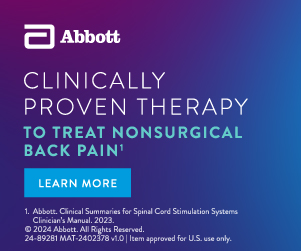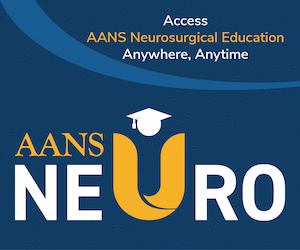Genetic variations appear to pre-dispose children to developing certain severe forms of neuroblastoma, according to new research by the University of Chicago Medicine. The findings lay the groundwork for developing more targeted treatments for particularly deadly variations of the cancer. Neuroblastoma affects about 1,000 children in the U.S. per year. Patients are placed into different risk categories for their disease. Each risk category determines the intensity of the treatment regimen and likelihood of a patient’s survival. Children in lower-risk categories experience a roughly 95 percent survival rate with minimal treatment. But, if a child is classified as high-risk, the survival rate falls to approximately 50 percent even with an aggressive treatment plan that includes high-dose chemotherapy, surgery, stem cell transplant, radiation and immunotherapy. One common indicator of high-risk cancer is if a child has extra copies (amplification) of a gene called MYCN (pronounced mick-N).
Click here to read more.







